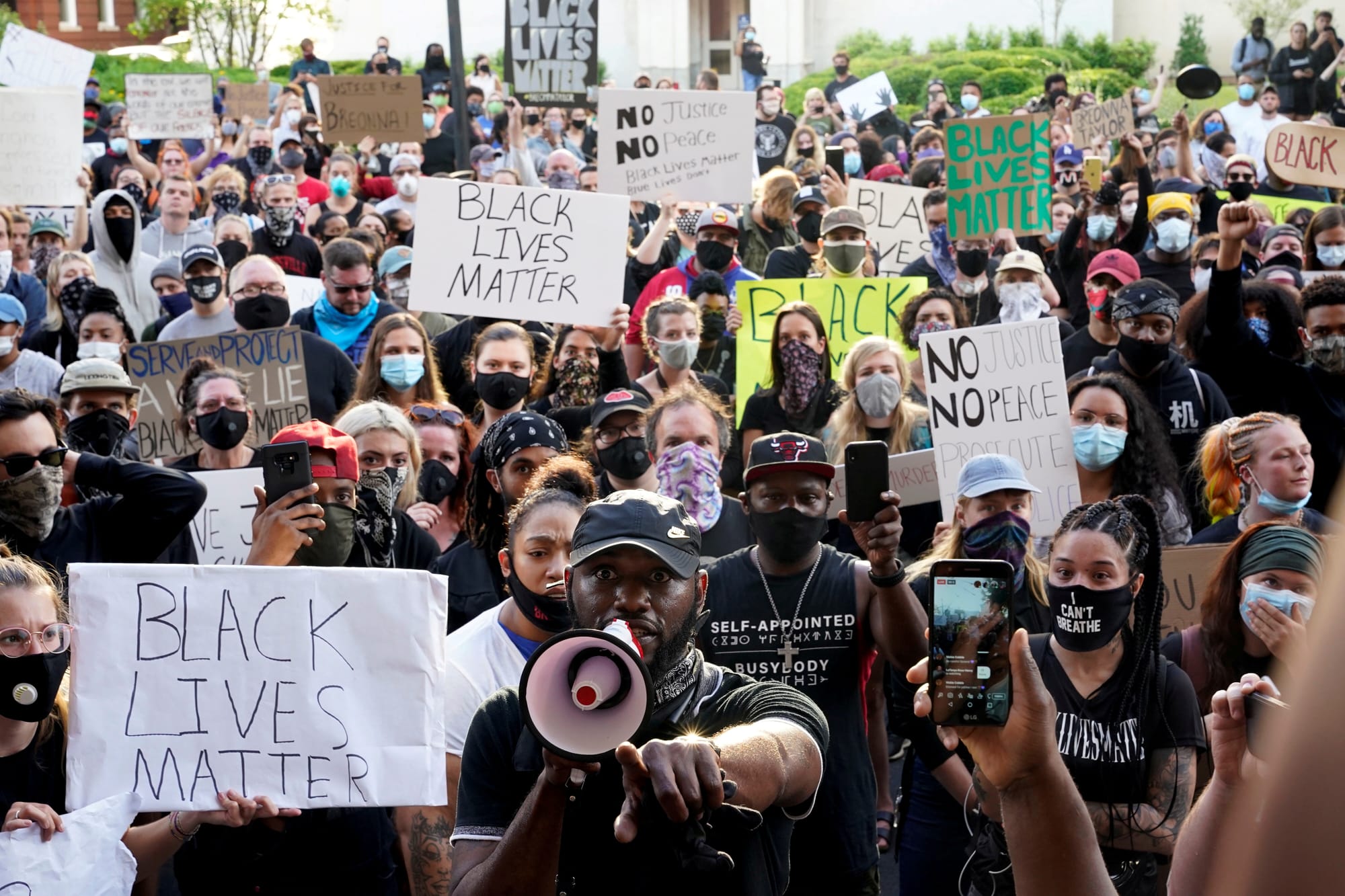Anti-Racism and Political Contagion From Save Darfur to Black Lives Matter
Fifteen years after his classic essay for Middle East Report, “Slavery, Genocide and the Politics of Outrage: Understanding the New Racial Olympics” Hisham Aïdi reflects on what has changed, and what has not, in the intertwined dynamics of Islamophobia, solidarity movements and anti-racism in the Un








